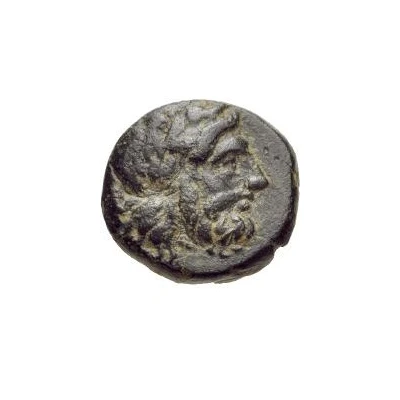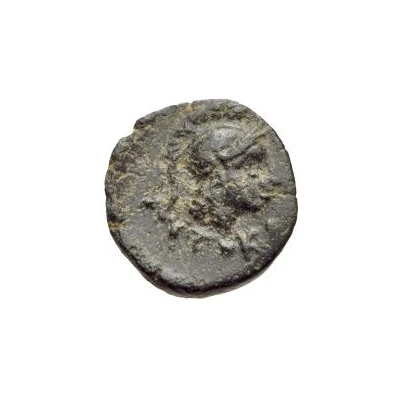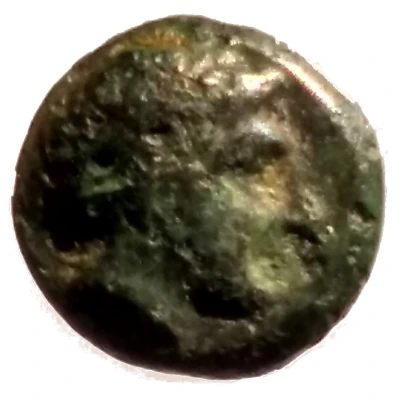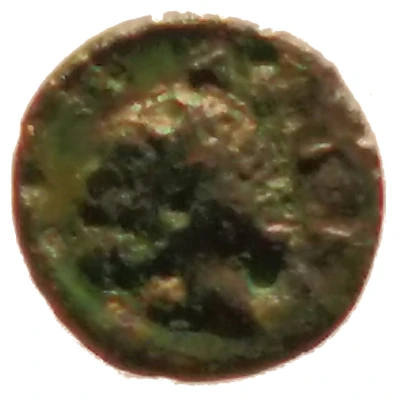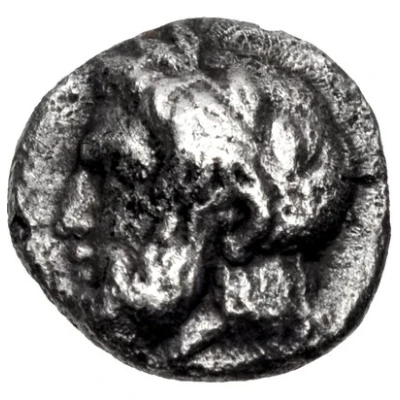
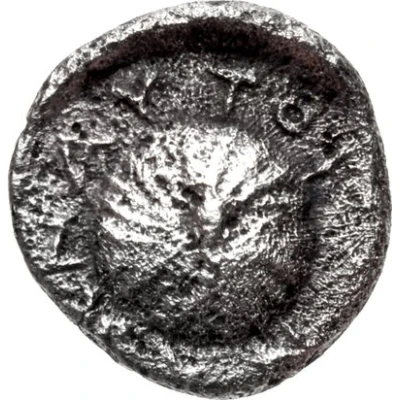

© Classical Numismatic Group, Inc.
Hemiobol 400 BC - 300 BC
| Silver | 0.47 g | 7.5 mm |
| Issuer | Autokane (Aeolis) |
|---|---|
| Type | Standard circulation coin |
| Years | 400 BC - 300 BC |
| Value | Hemiobol (1⁄12) |
| Currency | Drachm |
| Composition | Silver |
| Weight | 0.47 g |
| Diameter | 7.5 mm |
| Shape | Round (irregular) |
| Technique | Hammered |
| Demonetized | Yes |
| Updated | 2024-10-09 |
| Numista | N#143776 |
|---|---|
| Rarity index | 100% |
Reverse
Rosett (?) in the middle with inscription around
Script: Greek
Lettering: AYTOKANAΩN
Interesting fact
The Hemiobol coin from Autokane (Aeolis) was used as a form of currency in ancient Greece, specifically in the region of Aeolis, and its design has been found to be quite unique compared to other coins from the same time period. The coin features an image of a lion's head on one side and an inscription on the other, which is believed to be the name of the city or ruler who issued the coin. The use of a lion's head on the coin may have been a symbol of strength and power, as lions were considered powerful animals in ancient Greek culture.
